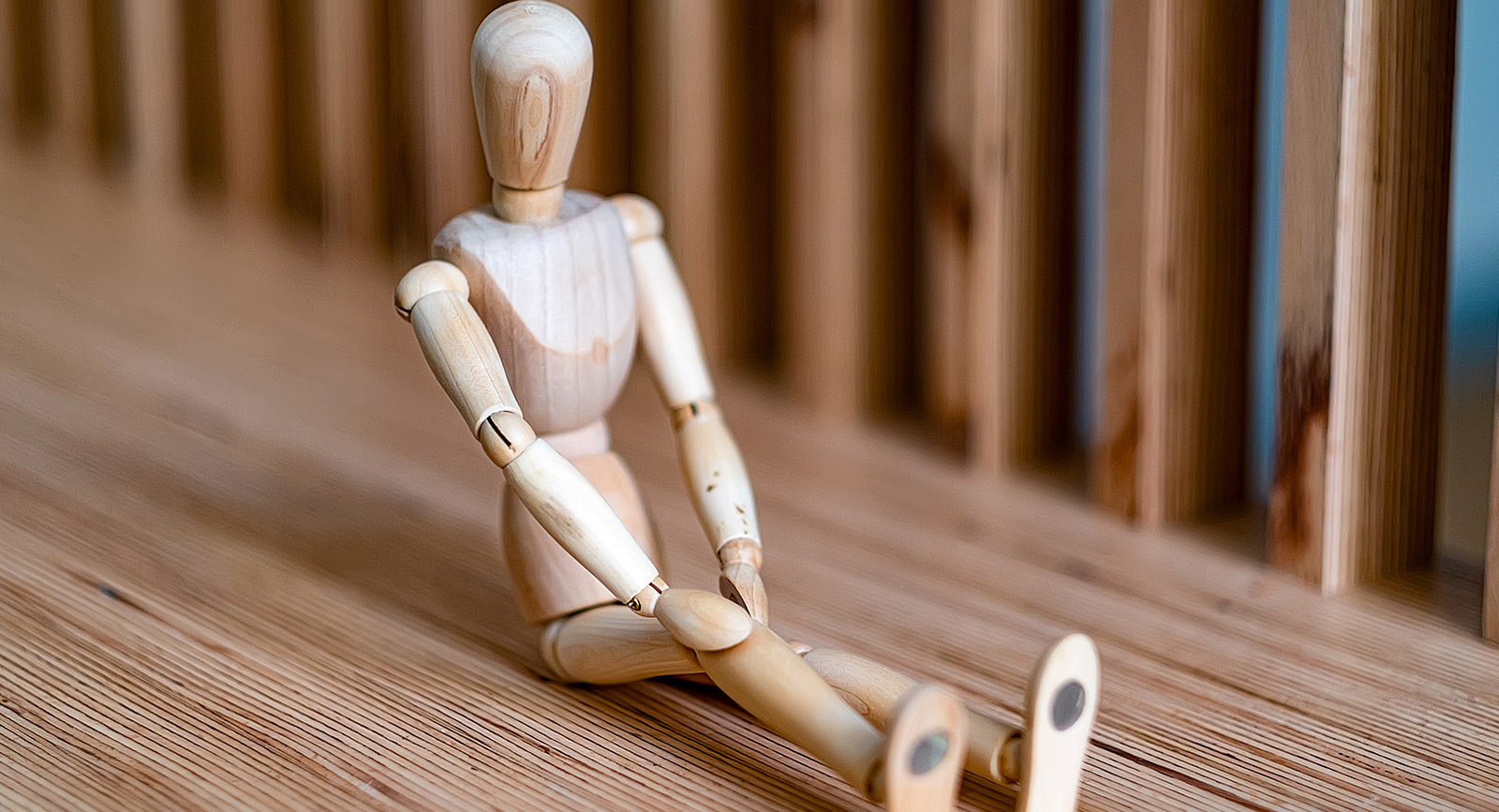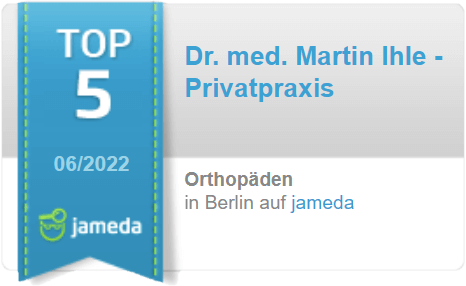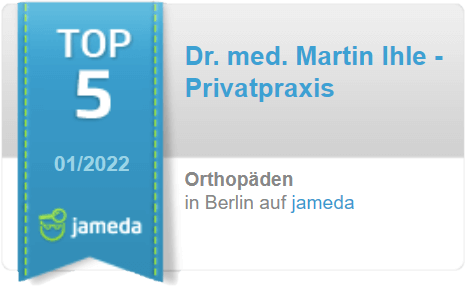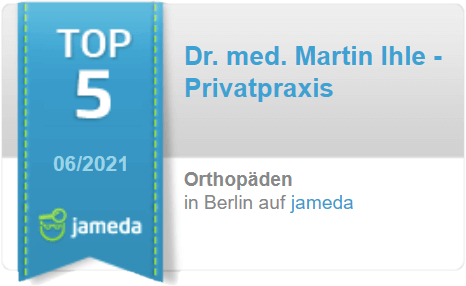Knee pain

✔ Individual therapy program
✔ Orthodox medicine and alternative therapies
«I would be pleased to present my diagnostic procedures and therapy approaches to you in order to relieve your pain in the knee and to help you to a better quality of life.» – Specialist Dr. med. Martin Ihle
Knee pain is widespread
Everyone knows at least one person in the circle of acquaintances who has pain, complaints, problems or injuries at the knee. Typical cases are among others:
- Meniscus damage
- Cruciate ligament rupture
- Joint wear in osteoarthritis
- Unstable kneecap
- limited mobility
Possible reasons for knee joint pain
Acute injuries during sports or everyday activities often affect the knee joint; skiing and playing football are
The reason for these complaints is often an imbalance in muscular guidance, which can lead to one-sided strain on the knee joint. Furthermore,
It can also be caused by a ligament injury, cartilage damage or instability of the joint guidance due to connective tissue weakness. If axial misalignments such as X or O legs occur, the knees suffer from an increasingly unphysiological load.
The anatomy of the knee joint
The knee is a hinge, swivel and sliding joint that is capable of a complex motion sequence. It is guided by a tight muscular and ligamentous apparatus. In addition, the cruciate ligaments in the joint are responsible for
If there is acute or chronic damage to this holding apparatus, the joint cartilage is usually automatically affected. Wear and tear usually manifests itself first as pain at the beginning, later also as pain at night and at rest with limited mobility. Functional disorders of the knee are more likely to manifest themselves as stress pain.
Diagnosis of knee pain
In my
Manual examination of the statics and dynamics of both knee joints and the surrounding myofascial structures. In addition, the back and the ankles are examined because there are often interactions with the knees. A foot pressure measurement can help here.
Ultrasound, especially after injuries, is a simple and meaningful examination technique. It can be used to detect ligament injuries as well as inflammatory or traumatic joint effusions.
X-rays or magnetic resonance imaging (MRI) may be used to detect bony injuries or internal damage to the knee joint.
Therapies for knee complaints
There are various treatment options for treating functional complaints and imbalances in the knee joint. These can be applied individually or in combination, depending on the individual situation of the patient.
- Manual therapy of muscles, tendons, ligaments
and joints - Acupuncture in the pain therapy of knee arthrosis
- Biological joint regeneration with hyaluronic acid for the treatment of cartilage damage
- Regulative Neural Therapy
- Stabilizing proliferation therapy
- Kinesiotape
- Gyrotonic Exercises
I would be happy to present the various therapy approaches in detail in my
Book your appointment now!
Private orthopaedic practice
Dr. med. Martin Ihle
Jägerstr. 70
10117 Berlin
3. OG - Elevator in the yard
Visit by appointment
Experiences of our patients
Source: Google
Private practice for orthopedics
Dr. med. Martin Ihle
Jägerstr. 70,
10117 Berlin



